1970s
War of the Networks Board Game
Does it include dealing with a writers and actors strike?The entry at Board Game Geek.
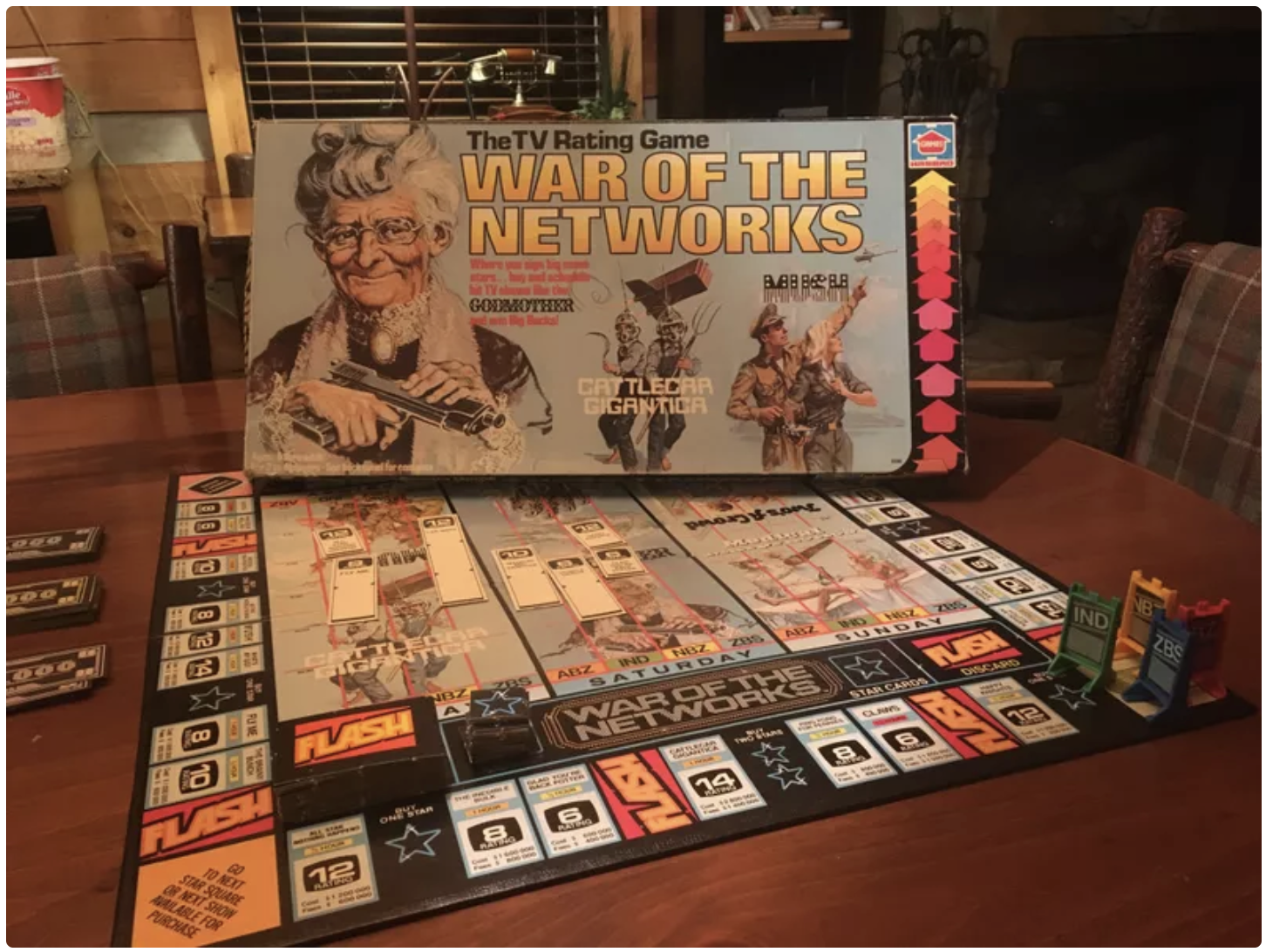
Posted By: Paul - Tue Oct 03, 2023 -
Comments (0)
Category: Games, Television, 1970s
How To Stop Smoking Without Using Willpower
Posted By: Paul - Thu Sep 28, 2023 -
Comments (0)
Category: Hypnotism, Mesmerism and Mind Control, Self-help Schemes, Smoking and Tobacco, 1970s
Run over by parmesan cheese
We posted a few weeks ago about a man who died recently after thousands of wheels of a "parmesan-style cheese" fell on top of him.Then I came across the case below from 1972 of two twin sisters whose legs were broken after they were struck by a wheel of parmesan while hitchhiking along a road in Italy.
Evidently there's a minor genre of weird news involving parmesan-related injuries.

Vancouver Sun - Aug 3, 1972
Posted By: Alex - Sun Sep 24, 2023 -
Comments (0)
Category: Accidents, 1970s
Combination Pillow and Crash Helmet
"The device thus formed is useful as a courtesy pillow for the comfort of airline passengers, and doubles as a crash helmet which may be put over the head of the passenger when he is forewarned of an impending crash landing."More info: Patent No. 3,538,508

Posted By: Alex - Sat Sep 23, 2023 -
Comments (0)
Category: Patents, Air Travel and Airlines, 1970s
Follies of the Madmen #576
Posted By: Paul - Fri Sep 22, 2023 -
Comments (0)
Category: Celebrities, Innuendo, Double Entendres, Symbolism, Nudge-Nudge-Wink-Wink and Subliminal Messages, Sports, Advertising, 1970s, Women
Touch, The Generation Gap Musical
This dated abomination seems to have all but vanished from the annals of stage history, so far as googling can determine.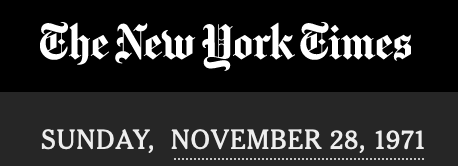
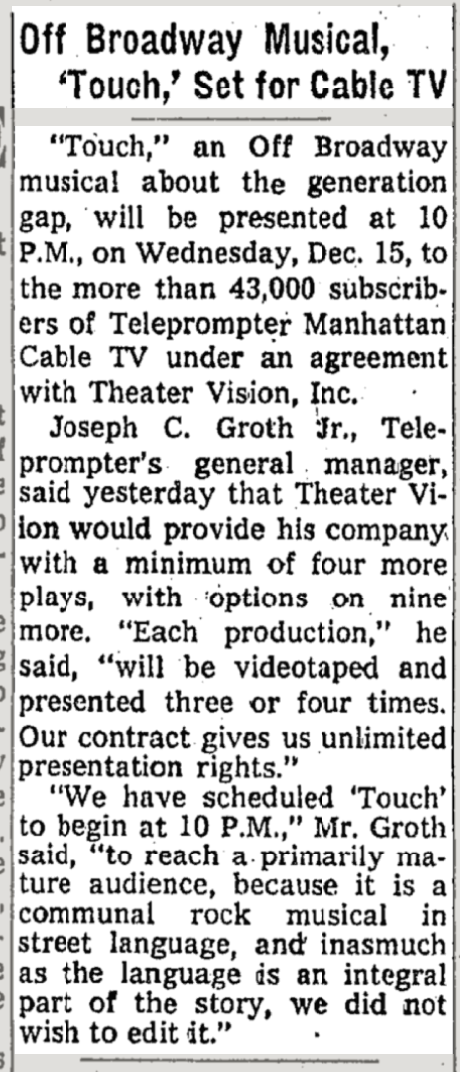
Enjoy the whole performance, thanks to the capacious memory of the Internet Archive.
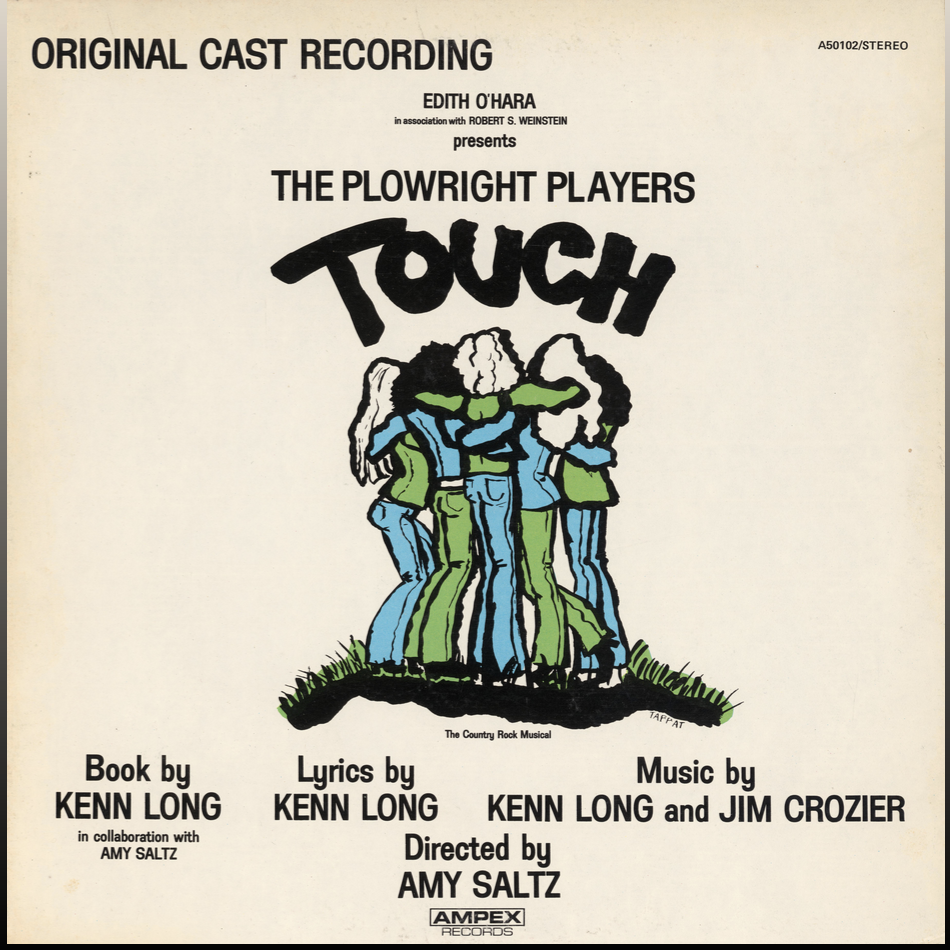
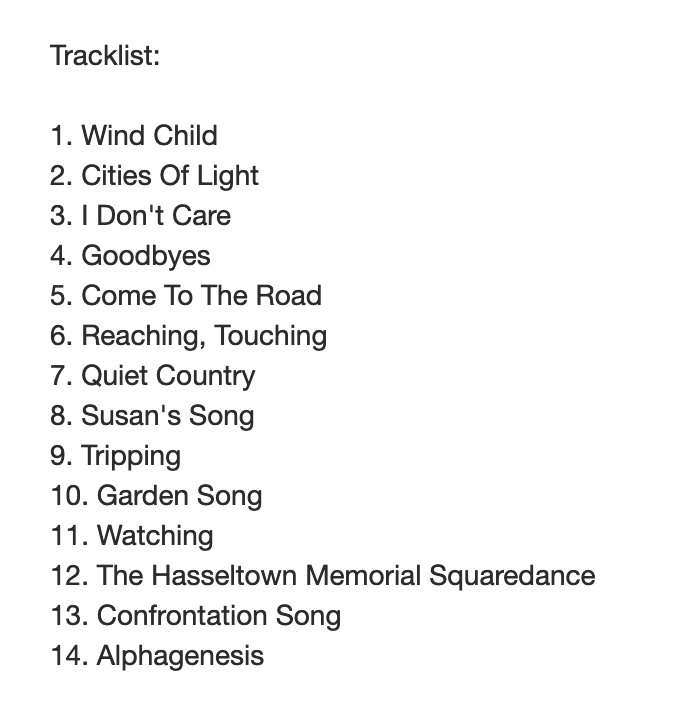
Posted By: Paul - Thu Sep 21, 2023 -
Comments (3)
Category: Music, Stereotypes and Cliches, Theater and Stage, Bohemians, Beatniks, Hippies and Slackers, 1970s
No more queues in grocery stores
We got the computerized food scanners, but we've still got checkout lines. What happened?
North Bay Nugget - May 29, 1974
Posted By: Alex - Mon Sep 18, 2023 -
Comments (4)
Category: Technology, 1970s, Yesterday’s Tomorrows
Wate-On
Based on the strange clothing and the thing that looks like an asteroid in the top right corner, I think the two people are supposed to be futuristic space travelers of some kind. Why they're in an ad for a weight-gain product, I don't know.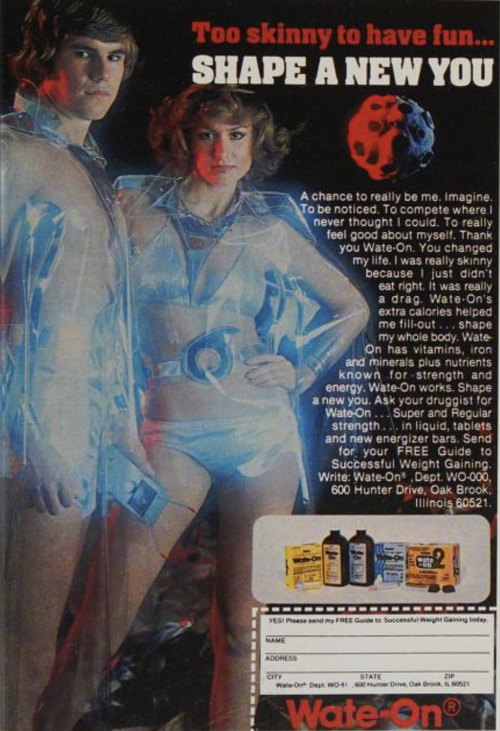
Sports Illustrated - June 5, 1978
Posted By: Alex - Sun Sep 17, 2023 -
Comments (2)
Category: Advertising, Space Travel, 1970s, Dieting and Weight Loss
What a Wonderful Thing Is Me
If the music doesn't put you to sleep, you will learn all about your various parts.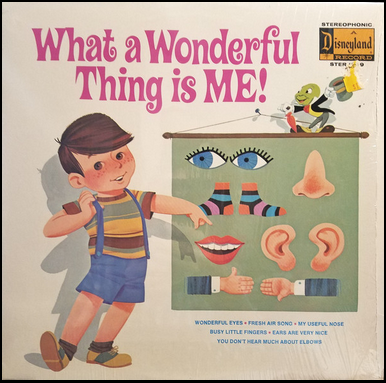
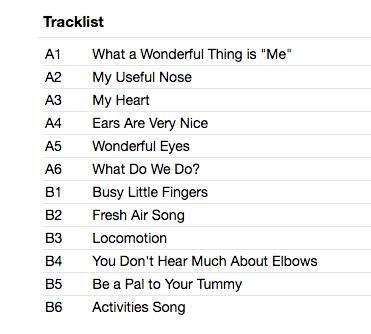
Posted By: Paul - Wed Sep 13, 2023 -
Comments (3)
Category: Music, PSA’s, Cartoons, 1970s
Soul Dracula
The group's page at Discogs.
Posted By: Paul - Sat Sep 09, 2023 -
Comments (0)
Category: Cryptozoology, Horror, Music, Cemeteries, Graveyards, Crypts, Mortuaries and Other Funereal Pursuits, 1970s

| Who We Are |
|---|
| Alex Boese Alex is the creator and curator of the Museum of Hoaxes. He's also the author of various weird, non-fiction, science-themed books such as Elephants on Acid and Psychedelic Apes. Paul Di Filippo Paul has been paid to put weird ideas into fictional form for over thirty years, in his career as a noted science fiction writer. He has recently begun blogging on many curious topics with three fellow writers at The Inferior 4+1. Contact Us |




